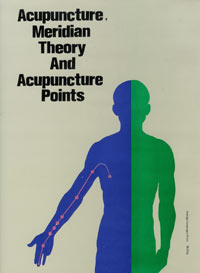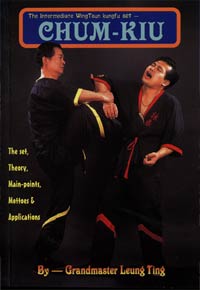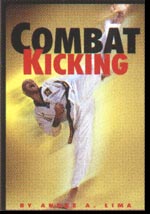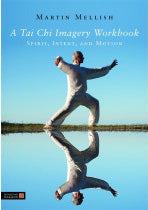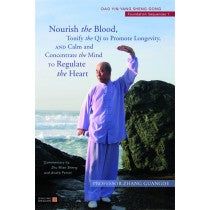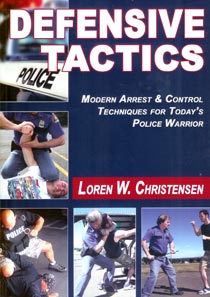Acupuncture, Meridian Theory and Acupuncture Points Wing Lam Enterprises
$ 67,95 $ 33,98
By Ding Li
Hard Cover; 414 pages; 8.0″ x 11.2″
PROFESSOR LI DING: Born in Henan Province, China, in 1935. He graduated from Shanxi Medical College in 1960. He is the member of the Board of Directors of All-China Society of Acupuncture and Moxibustion, vice-director and vice-secretary general of Shanxi Society of Acupuncture and Moxibustion, executive member of the Board of Directors of Taiyuan Society of Acupuncture and Moxibustion, and President of Qigong Society of Shanxi Medical College (TCM), chief physician of the Ist Teaching Hospital of TCM. In 1985, he was honored to win National Wu Yi (MAY Day) Labour Medal, and the credential of National Good Scientific and technical Scholar, and the College Model Teacher.
With traditional Chinese Medicine as the main approach, he combines traditional Chinese medicine with Western medicine in disease treatment and prevention. Over the last twenty-seven years, he has published more than ten books concerning acupuncture and moxibustion, and traditional Chinese medicine and Chinese pharmacology, such as Jianmei Jingluo Tu, A Collection of TCM Clinical Experience, etc. Among the books, The Dictionary of Acupuncture and Moxibustion and Meridian Points, which has been called “epoch-making illustrative dictionary for the points of acupuncture and moxibustion and meridians” and “the first creation in history,” is chiefly edited by Dr. Li Ding and published by Dongyang Academic Publishing House, Tokyo, Japan.
According to many years’ teaching and clinical experience, Dr. Li Ding has combined the meridian theory with Qigong’s characteristic of regulating respiration and transmitting the Qi (vital energy in human body) to create Meridian Qigong in July 1985. Meridian Qigong has been called “the latest Qigong for transmitting Qi along the meridians.” In April 1986, he ran an international shortterm training class of Meridian Qigong and ten doctors coming from U.K., West Germany, U.S.A., Norway, India, Singapore and Belgium attended the class. This Qigong is also welcomed at home. On the basis of Taiji Qigong; eighteen types, he has had his own Taiji Qigong twenty-eight types, and his Taiji Qigong was also welcomed when he taught in Italy and Singapore
Fast Shipping and Professional Packing
Thanks to our longstanding association with UPS FedEx DHL and other top global carriers, we are able provide a range of shipping options. Our warehouse staff are highly trained and will be able to pack your goods in accordance with the exact and precise specifications. Your goods are thoroughly checked and properly secured before shipping. We ship to thousands customers every day from all over the world. This shows how we're dedicated to becoming the biggest retailer online in the world. The distribution centers and warehouses distribution are in Europe and the USA.
Orders that include more than one item are given processing time in accordance with the item.
Before shipping before shipping, we'll inspect thoroughly the items you've ordered. Today, most orders will be delivered within 48 hours. Delivery is expected to take between 3 and 7 days.
Returns
The stock is constantly changing. It is not managed entirely by us, since we are involved with multiple parties such as the factory and the storage. The actual inventory can change at any moment. It's possible that the stock may run out after your order has been placed.
The policy is for 30 days. If you have passed 30 days without a trace since the purchase and we are unable to offer an exchange or refund.
The item cannot be in use and must be in its original condition. You must have the item in the original packaging.
